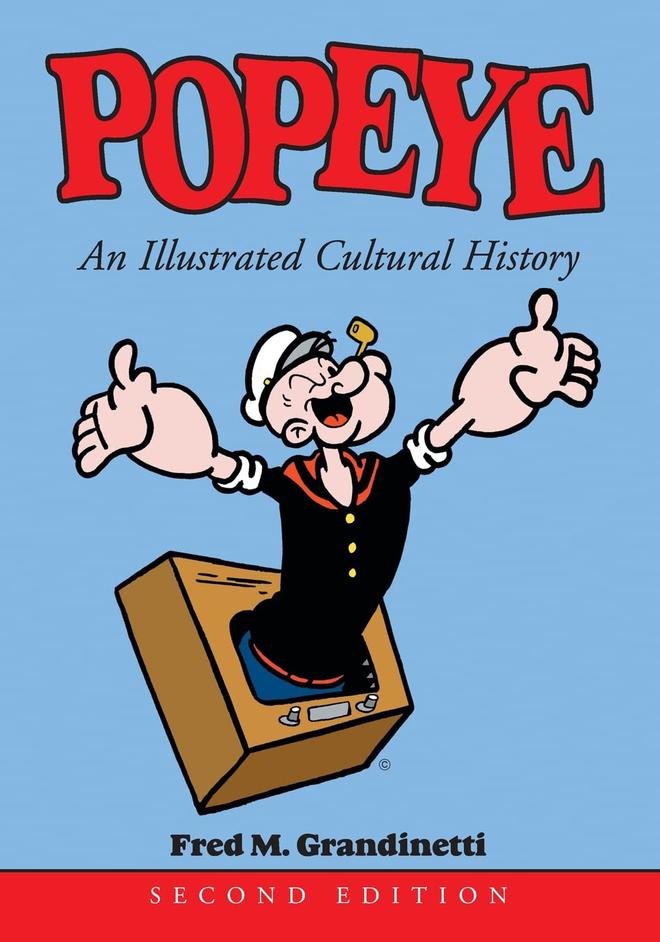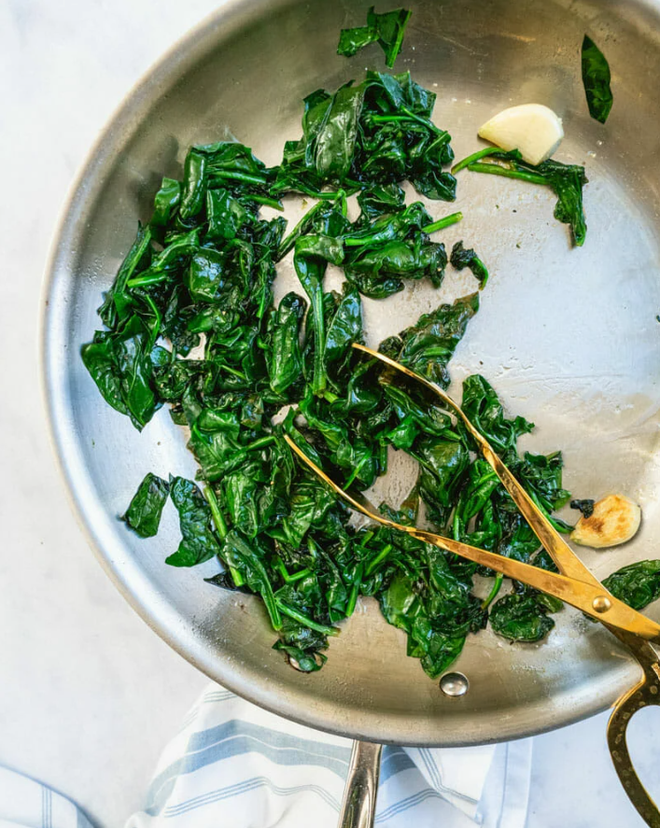Spinach, I am afraid, has got bad press. Those who grew up reading Dennis the Menace thought there was nothing quite as bad as spinach for dinner. And then, of course, spinach stuck in one’s teeth was the ultimate faux pas that anyone could commit, especially on a date.
I, however, have always had a satisfying (albeit one-way) relationship with spinach or palak. There is nothing I enjoy more than palak paneer — soft cottage cheese in a green spinach sauce — eaten with fluffy rotis.
That is why when I learnt July 16 was World Spinach Day, I raised a happy toast to it. The leafy vegetable, after all, is green, healthy and tasty — and, to top it off, Popeye likes it.
In the West, it was the sailor with the incredible biceps who introduced spinach to children. In Popeye: An Illustrated Cultural History, Fred M. Grandinetti tells us how the popular comic and animation film character gained strength by consuming a can of spinach. With that in him, he destroyed bullies and villains, saved a battleship from being hit by colliding missiles, eliminated spies and, in one memorable World War II animation, fought Hitler, Mussolini, Hirohito and the devil.

“Popeye would often perform feats of strength to assist people, but never wanted any reward in return. As time passed [Popeye creator Crisler] Segar revealed that spinach was the source of Popeye’s strength…,” writes the American author.
On a website called The Marginalian, I found an interesting bit of trivia about Popeye and spinach. In 1870, German chemist Erich von Wolf was assessing iron in spinach. In a 100g serving, you get 3.5mg of iron, he found. But the scientist placed the decimal point at the wrong spot, turning 3.5mg into 35mg.
“Once this incorrect number was printed, spinach’s nutritional value became legendary. So when Popeye was created, studio executives recommended he eat spinach for his strength, due to its vaunted health properties,” the site tells us. The error was corrected in 1937.
Still, that doesn’t take away from the fact that spinach is a kind of a superfood, and literature is doing its bit to hail its many qualities. And, as if to make up for the bad image earlier thrust upon it, I now find cookbooks fully devoted to the leafy vegetable. The 2021 book Indian Spinach Curry Recipes by Abdul Riaz, for instance, has recipes from across the country, including Sindhi dal with vegetables and Maharashtrian spinach peanut buttermilk curry.
Websites can’t have enough of spinach either. Earlier this year, A Couple Cooks (by food bloggers Alex and Sonja Overhiser) celebrated the leaf with 20 recipes. “Though some people have sworn spinach as their mortal enemy, luckily there are all sorts of delicious ways to eat it in recipes,” the site says.

And it is being hailed not just by cookbooks and food sites. An illustrated children’s book called Superfood Spinach by Ankita Patil seeks to introduce spinach and its good nutritional qualities to children. It opens with an evocative picture of trees and a talking spinach stalk.
My food guru, KT Achaya, tells us that spinach — spinacia oleracea in Latin or palankya in Sanskrit – is an ancient Indian plant, first mentioned in the Sutra literature of 500 BC. “Long before it was known in the West, spinach has been extensively used in India… in various ways,” he writes in A Historical Dictionary of Indian food. The word’s origins come from the Middle English spinach, from Anglo-Norman spinache, from Old French espinoche, Old Provençal espinarc, and Persian ispankh.
Now I believe that it’s not just a superfood, but has other uses, too. Researchers at the American University in Washington tell us that the leaf can also help power fuel cells. According to a 2020 paper, when converted into carbon nanosheets, spinach works as a catalyst for an oxygen reduction reaction in fuel cells and metal-air batteries.
Bully for you, spinach!
Rahul Verma likes reading and writing about food as much as he does cooking and eating it. Well, almost.







